High humidity one of the biggest threats to your home and your belongings value. The humidity levels vary throughout the year depending on the different seasons. Homeowners with basements or crawl space understand these spaces have lots of humidity problems.
Crawl spaces and basement are mostly built completely of partially underground. This makes them cooler and less air circulation. This makes most of these spaces damp and stuffy.
Here are some of the signs of high humidity in the crawl space or basement:
- Dampness and musty odors.
- Mold and mildew growing on items in the space.
- Increased mold and strains on the walls and floor.
- Wood rot in the space.
- Structure destruction of the foundation like cracks.
You can also buy a hydrometer to measure the exact humidity levels in the basement or the crawl space
If you can spot any of the above sign of high humidity, you buy a BaseAire dehumidifier!
A dehumidifier regulates the levels of humidity in the air in the basement. Dehumidifiers pull the moist air from the basement. The air is then directed over coolant-filled coils that condense the moisture. The dry air is then directed out of the dehumidifier back into the basement. This process is repeated till the overall level of humidity in the basement or crawl space are at 50%.
What are the sources of high humidity in the crawl space and basement?
- Activities in the house – research has proven household activities like cooking, laundry or showers can produce over 2 liters of water vapor. This moist air is dense and heavy. This mean air will automatically be lowered to the lower rooms like the basement.
- Diffusion through the material – this problem is most common in crawlspaces and basements. Moisture enters the basement by diffusion from the soil, by air leakage via unmaintained vents or joints and cracks in the basement floor and walls or by flooding and water drainage problems.
- Plumbing leaks – it is important to have all your plumbing maintained and checked often.
- Construction moisture – this mostly affects newly built houses or recently renovated rooms. Most houses are built from lumber that is normal concrete which requires lots of water and numerous other construction products. This moisture escapes into the house as the concrete dries gradually.

How to choose the right size of dehumidifier?
When choosing the right dehumidifier, you should consider the following factors?
· The area size to be dehumidified – the capacity of any dehumidifier is the amount of moisture (measured in pints) extracted in a span of 24 hours.
This means that smaller capacity dehumidifiers are only ideal to remove moisture in smaller rooms. It therefore important to ensure you buy a dehumidifier whose capacity is directly correlated to the square feet of the house.
Here is a simple guide from the association of home appliance manufacturers (AHAM) for the recommended dehumidifier’s capacity to house size.
AHAM dehumidifier sizing buying guidelines: room size versus current dehumidifier
|
The condition of the basement |
1500 Sq. Ft. |
2000 Sq. Ft. |
2500 Sq. Ft. |
3000 Sq. Ft. |
4000 Sq. Ft. |
|
Moderately damp room with a musty smell. |
55/90/90X |
90/90X |
100X |
120X |
140X |
|
Very moist room with damp stains on the floor and walls. |
55/90/90X |
90/90X |
100X |
120X |
140X |
|
Very wet room with clear wet walls and floor. |
55/90/90X |
90/90X/100X |
100X/120X |
120X/140X |
140X |
|
Extremely wet room with puddles of water on the floor and dripping water on the walls |
90/90X |
100X |
120X |
140X |
140X |
· Airflow volume of the dehumidifier – you can choose a dehumidifier depending on the amount of air it is able to clean at a period of time.
Dehumidifier measures this in cubic feet per minute (CFM). The recommended CFM is calculated based on the level of humidity in the house and the square footage of the house.
Air changes per hour (ACH) refer to the number of times the air should cycle through the dehumidifier to decrease the level of humidity in the room.
The recommended ACH levels according to the humidity level are:
- 60 – 70 %( damp air) – This is the normal humidity level in most crawl spaces and basements. The ACH = 3
- 70-80 %( very damp air) – The room has visible moisture drains on the floor and walls. The ACH = 4
- 80 – 90% (Wet air) – Visible wet spots on the walls and floor. The ACH = 5
- 90-100 %( Very wet air) – Puddles of water can be seen clearly on the floor. The ACH = 6
On most dehumidifiers, you find their Air changes per hour (ACH) values clearly indicated.
Note: it is important to ensure your basement or crawl space is tightly air sealed to ensure moist outside air does not end up in the basement. if more moist air is able to get into space it would render the dehumidifier unless.

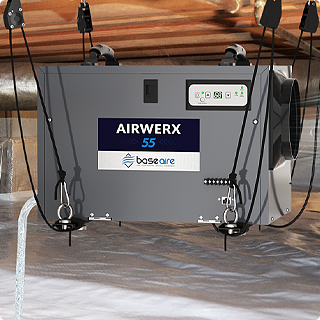
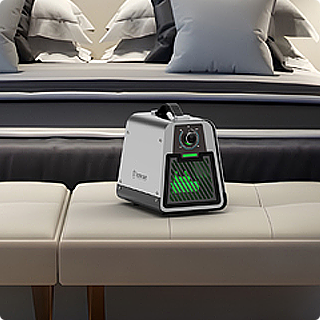
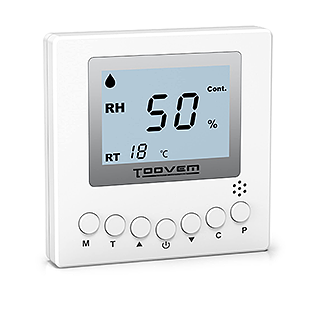
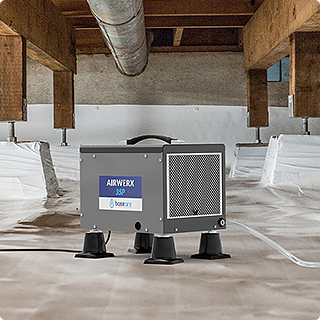
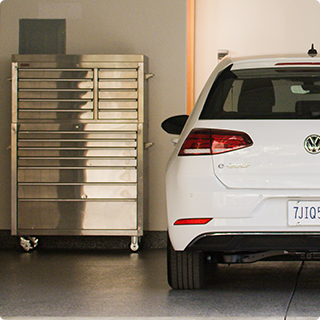
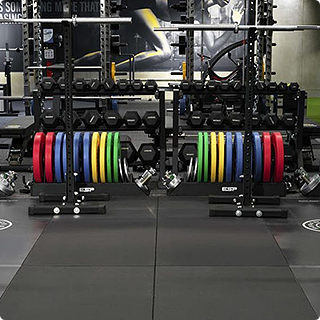
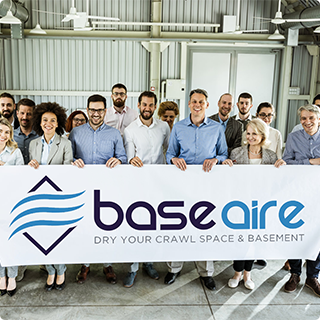

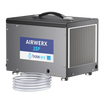
![BaseAire 888 Pro 7,000 mg/h Ozone Generator, Digital O3 Machine Home Ozone Machine Deodorizer - Ozone Generator from [store] by Baseaire - Disinfection, Ozone Generator](http://www.baseaire.com/cdn/shop/products/888-Pro-_-1.jpg?v=1698817267&width=104)
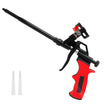

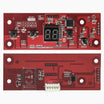

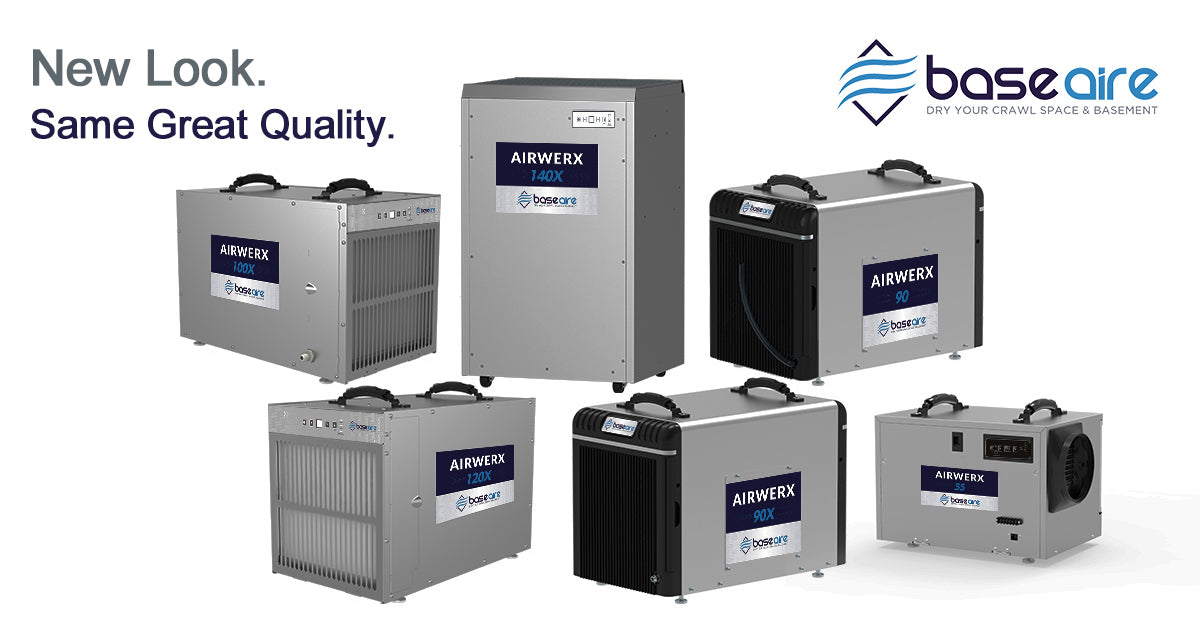






Leave a comment
All comments are moderated before being published.
This site is protected by reCAPTCHA and the Google Privacy Policy and Terms of Service apply.